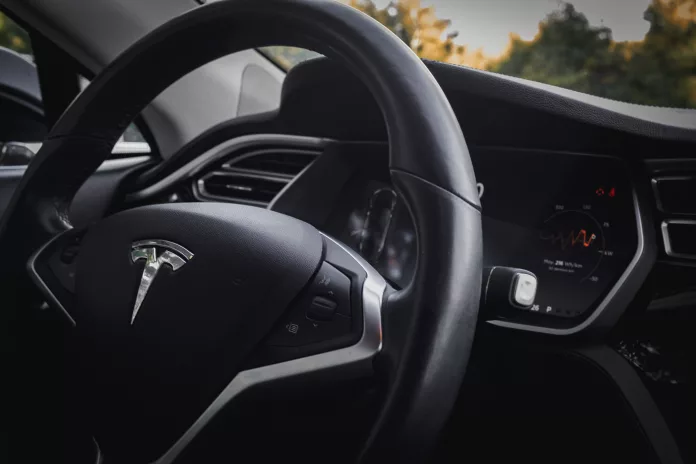Anticipation has been building amongst international Tesla enthusiasts for the arrival of the much-touted Full Self Driving (FSD) feature. While a definitive timeline remains elusive, recent discussions suggest that a broader rollout could be on the cusp, potentially around 2024. Tesla’s FSD, which has so far been restricted to a pool of US drivers that does not include company employees, faces the hurdle of gaining regulatory approval across diverse jurisdictions.
Improvements Prompt Consideration for International Release
Elon Musk has echoed the growing sentiment that the FSD’s improved performance might be nearing a level of readiness for wider release. Previous iterations of this autonomous system raised eyebrows with their unpredictable behavior, but Version 12 has smoothed over some of these rough edges, offering a driving experience that is both more natural and more aligned with safety standards.
The Prospect of Supervised Autonomy Worldwide
The promise of a near-universal application of the technology was highlighted by Musk, who likened FSD’s adaptability to the human capacity to drive in unfamiliar territories. With its core ability to respond to traffic signals, avoid obstacles, and maintain lane discipline, FSD is being prepared for a supervised autonomy mode. Ashok Elluswamy corroborated this by pointing out that while adjustments to comply with specific regional traffic laws and standards will be necessary, extensive overhauls of the software stack will not be. The precise nature of these adaptations, especially for countries with stricter traffic regulations, continues to pique curiosity.
Strategic Priorities for FSD Deployment
Although no concrete dates for international FSD deployment have been announced, hints suggest China could be a front-runner due to its significant market size and Tesla’s competitive aspirations. As local players like Xpeng Motors advance their own driver-assist technologies, Tesla’s strategic positioning may depend on pushing FSD to the Chinese forefront.
Price Cuts: A Move to Widen Accessibility
Recently, Tesla’s decision to reduce the cost of FSD in the US from $12,000 to $8,000 may indicate a two-pronged strategy: to boost the adoption rate and to showcase the system’s maturity. With refinements in place, the apprehension that once accompanied the FSD experience has diminished, signaling Tesla’s confidence in a more global application of their autonomous driving technology.
Addressing Safety Concerns and Speculations
Despite the anticipation, the prospect of Tesla’s FSD branching out internationally raises legitimate concerns regarding safety and implementation, which merit a deeper discussion. This reflects a broader conversation about the current state of FSD and its potential evolution in the autonomous driving landscape.
As Tesla eyes new territories for its FSD feature, conjecture is rife about which country might next embrace this advancement. Speculation leans towards the UAE, but only time will tell.
While the community awaits further details, excitement and speculation continue to swirl around this leap in Tesla’s autonomous driving endeavors.
























